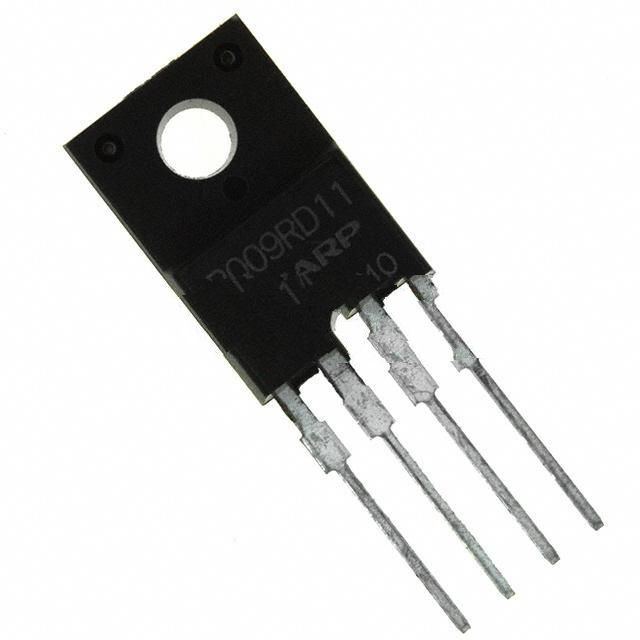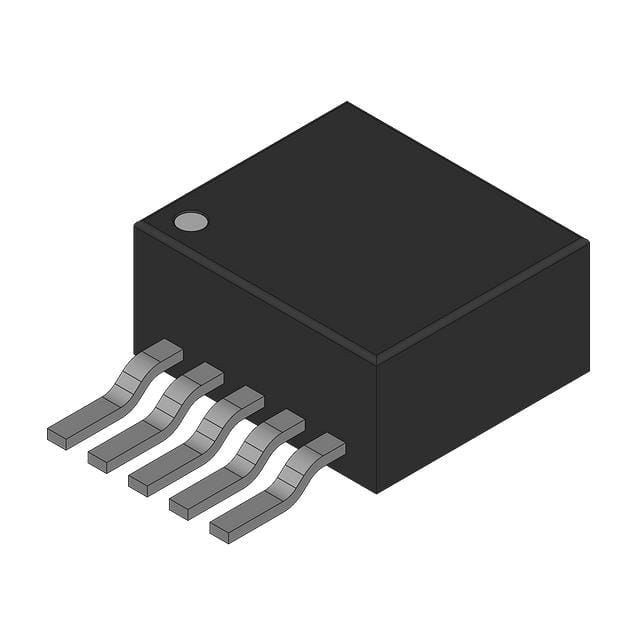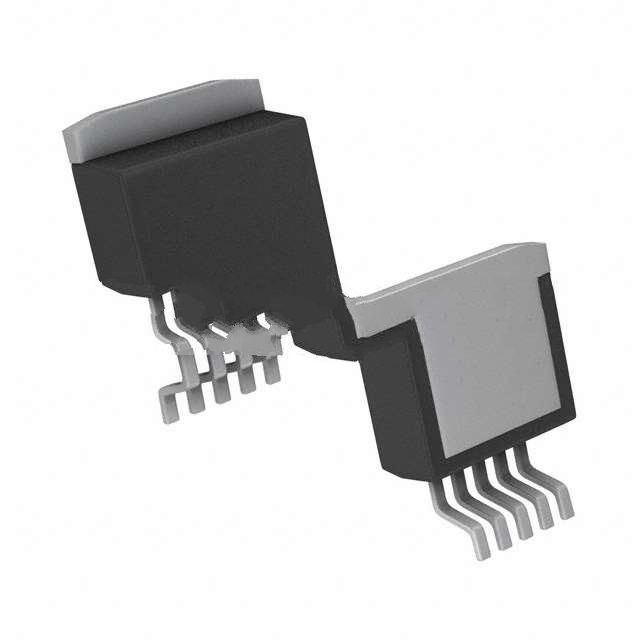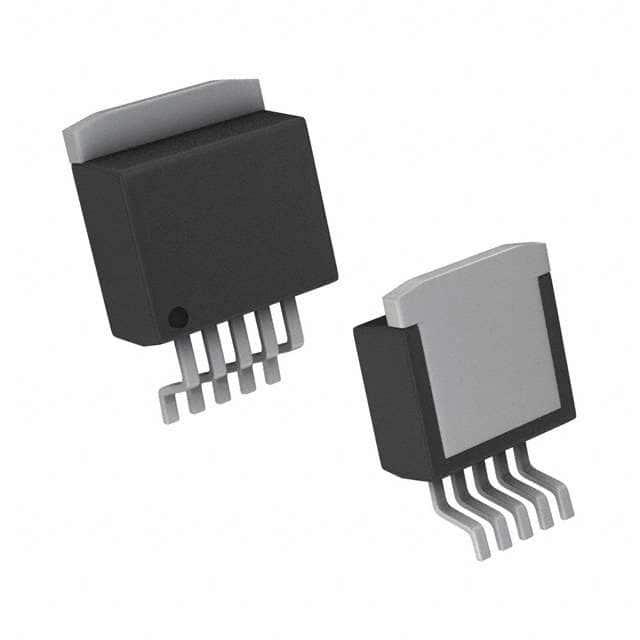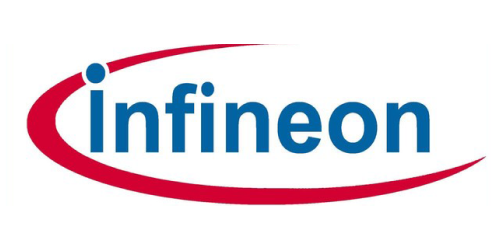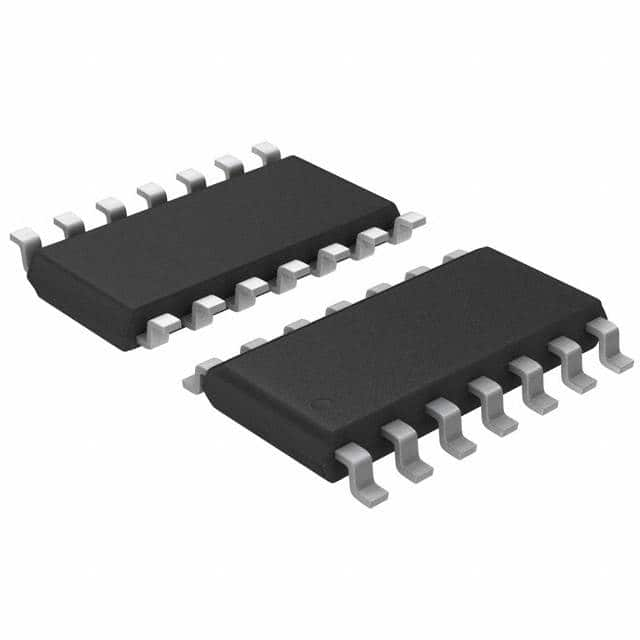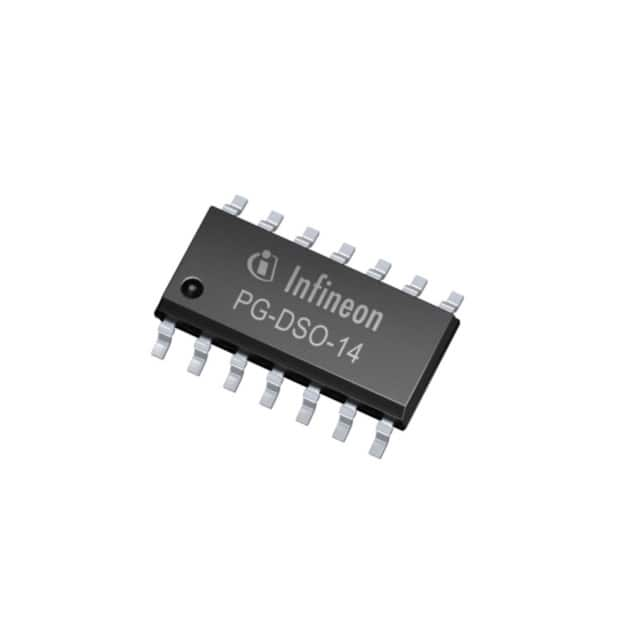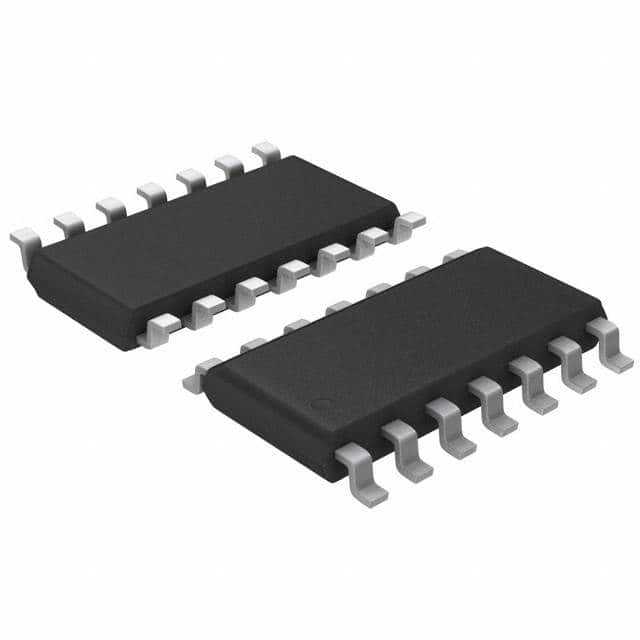TLE4476DATMA1 Product Introduction:
Infineon Technologies Part Number TLE4476DATMA1(PMIC - Voltage Regulators - Linear), developed and manufactured by Infineon Technologies, distributed globally by Jinftry. We distribute various electronic components from world-renowned brands and provide one-stop services, making us a trusted global electronic component distributor.
TLE4476DATMA1 is one of the part numbers distributed by Jinftry, and you can learn about its specifications/configurations, package/case, Datasheet, and other information here. Electronic components are affected by supply and demand, and prices fluctuate frequently. If you have a demand, please do not hesitate to send us an RFQ or email us immediately sales@jinftry.com Please inquire about the real-time unit price, Data Code, Lead time, payment terms, and any other information you would like to know. We will do our best to provide you with a quotation and reply as soon as possible.
Introducing the Infineon Technologies TLE4476DATMA1, a cutting-edge automotive power management IC designed to revolutionize the way vehicles are powered and controlled. This highly advanced device combines state-of-the-art technology with exceptional performance, making it the ideal solution for a wide range of automotive applications.
The TLE4476DATMA1 boasts an impressive array of features that set it apart from other power management ICs on the market. With a voltage range of 4.5V to 40V, it offers exceptional flexibility and compatibility with various automotive systems. Its integrated power MOSFETs provide high efficiency and low power dissipation, ensuring optimal performance and energy savings.
This innovative power management IC is specifically designed for automotive applications, making it perfect for use in electric vehicles, hybrid vehicles, and other automotive systems. Its robust design and high-temperature capability make it suitable for use in harsh environments, ensuring reliable operation even in extreme conditions.
The TLE4476DATMA1 also offers a range of protection features, including overvoltage protection, overcurrent protection, and thermal shutdown, ensuring the safety and longevity of the connected systems. Its compact size and easy-to-use interface make it simple to integrate into existing automotive systems, saving time and effort during installation.
In conclusion, the Infineon Technologies TLE4476DATMA1 is a game-changing power management IC that offers exceptional performance, versatility, and reliability. With its advanced features and wide range of applications, it is the perfect choice for automotive engineers and enthusiasts looking to take their vehicles to the next level.
Voltage Regulators-Linear is an electronic device used to convert an unstable DC voltage into a stable DC voltage. It regulates the voltage through an active component (such as a transistor or field effect tube) and a feedback network to ensure that the output voltage remains constant within a certain range. Linear regulators usually operate under low input voltage changes and load changes, and are able to provide a very clean and smooth output voltage.
Application
Voltage Regulators-Linear has a wide range of applications, covering almost all electronic devices requiring a stable DC power supply. In the field of consumer electronics, linear voltage regulators are widely used in mobile phones, tablets, laptops and other portable devices to provide stable voltage support for core components such as processors, memory and display screens. In the field of industrial automation and instrumentation, linear voltage regulators are often used in precision measuring instruments, sensor signal processing and other occasions because of their low noise and high precision characteristics. In addition, linear regulators also play an indispensable role in areas such as medical equipment, aerospace, and automotive electronics, where the quality of the power supply is extremely high. For example, in medical equipment, linear regulators ensure the power stability of devices such as pacemakers and monitors, ensuring the safety of patients.
FAQ about PMIC - Voltage Regulators - Linear
-
1. What problems will linear regulators bring to the circuit?
The problems that linear regulators bring to the circuit mainly include low efficiency and a lot of heat.
Linear The main working principle of the voltage regulator is to control the output voltage of the transistor through a current amplifier to keep the output voltage stable. This working mode causes the linear regulator to control the regulating tube through a differential voltage when adjusting the output voltage. The control tube needs to absorb part of the input voltage, which makes the efficiency of the linear regulator relatively low. In practical applications, this means that the linear regulator will convert the difference between the input voltage and the output voltage into heat energy, causing serious heating of the device, especially when the input and output voltage difference is large, this power loss will further increase, causing the device to heat up.
-
2. When should a linear regulator be used instead of a switching regulator?
In low-power and low-frequency application scenarios, a linear regulator should be used instead of a switching regulator.
Linear regulator Suitable for low-power and low-frequency applications, with simple circuit structure, low noise and good stability. They control the output voltage of the transistor through a current amplifier to keep the output voltage stable. This working mode makes linear regulators perform well in low-power and low-frequency applications, although they are less efficient and generate more heat, and their application range is limited. In contrast, switching regulators use high-frequency pulse modulation technology to convert input voltage into a stable output voltage. They have the advantages of high efficiency, small size and fast response, and are suitable for high-power and high-frequency applications. Therefore, when the application requirements are not the main considerations for circuit complexity and cost, but have high requirements for the stability and
-
3. How to choose a linear regulator?
1. Switching regulator: A switching regulator uses an output stage that repeatedly switches between "on" and "off" states to generate an output voltage together with an energy storage component. Its adjustment is achieved by adjusting the switching timing based on the feedback sample of the output voltage. In a fixed-frequency regulator, the switching timing is adjusted by adjusting the pulse width of the switching voltage, which is called PWM control.
2. Parameter regulator: LDO is a linear regulator. Linear regulators use transistors or FETs operating in their linear region to subtract excess voltage from the applied input voltage to produce a regulated output voltage. This transistor allows saturation, so the regulator can have a very low dropout voltage, usually around 200mV.
3. Regulators for laser cutting machines: According to the use requirements of high-power laser cutting machines and the current power supply situation in my country, regulators that meet
 Lead free / RoHS Compliant
Lead free / RoHS Compliant


















